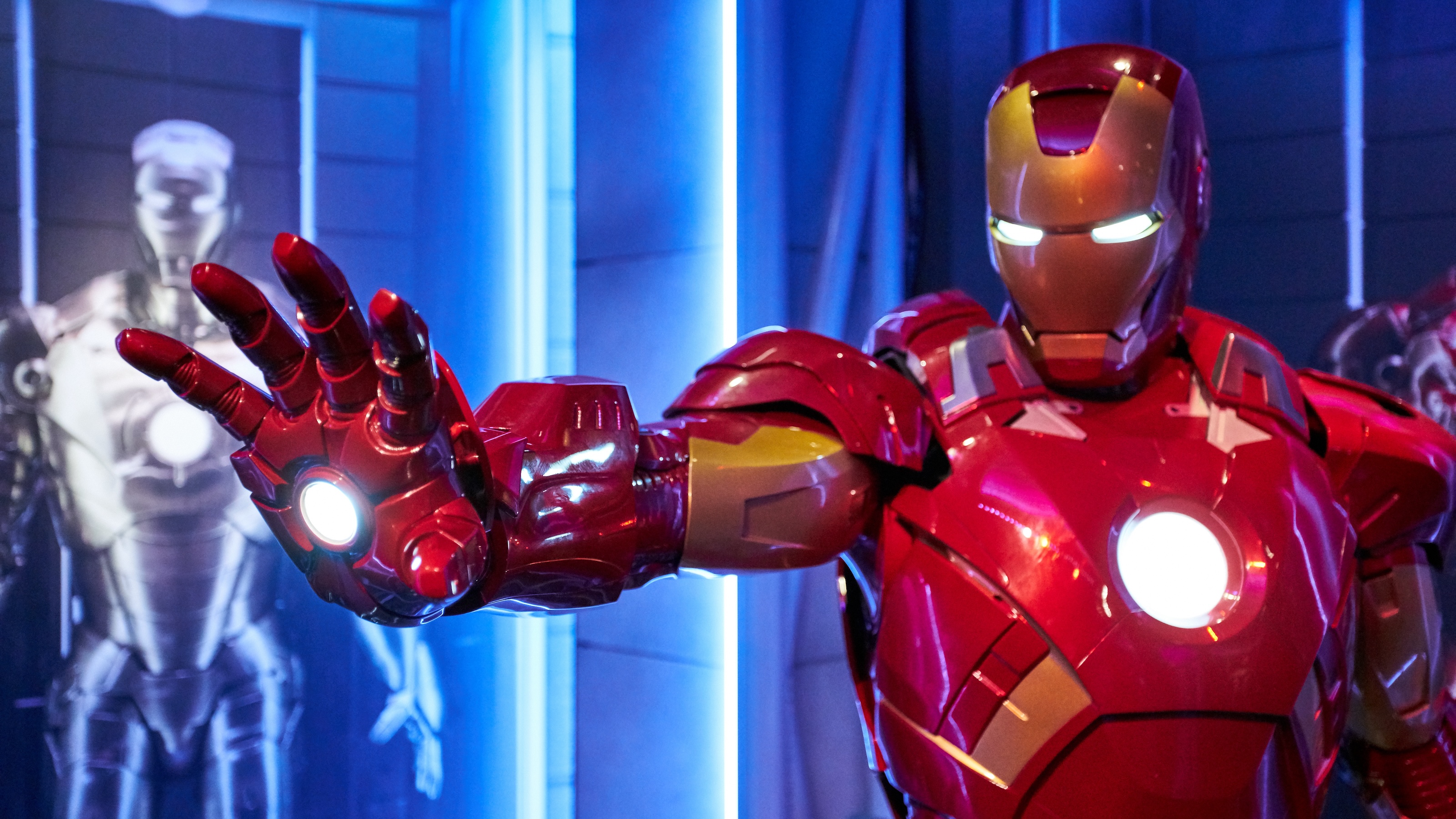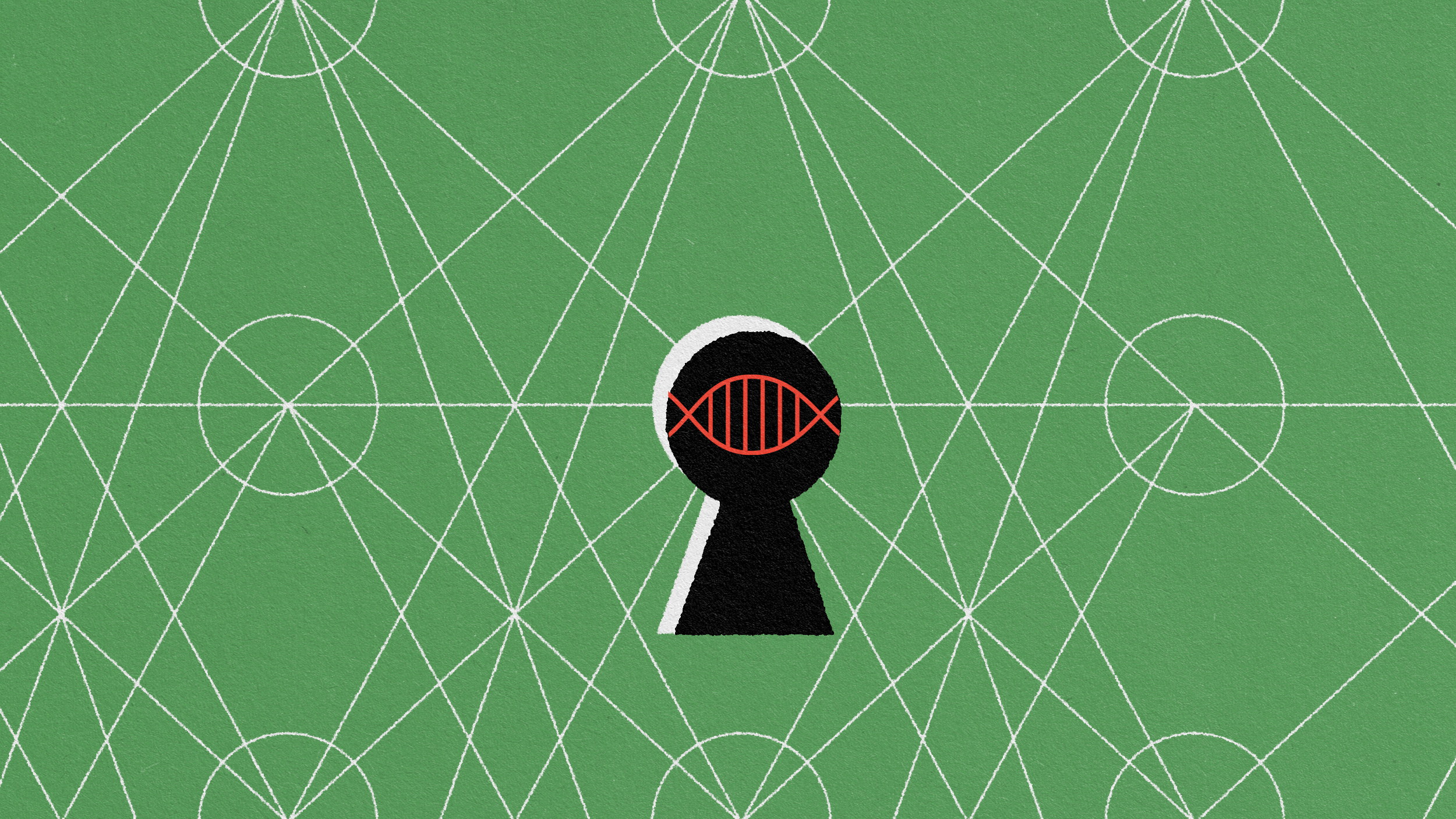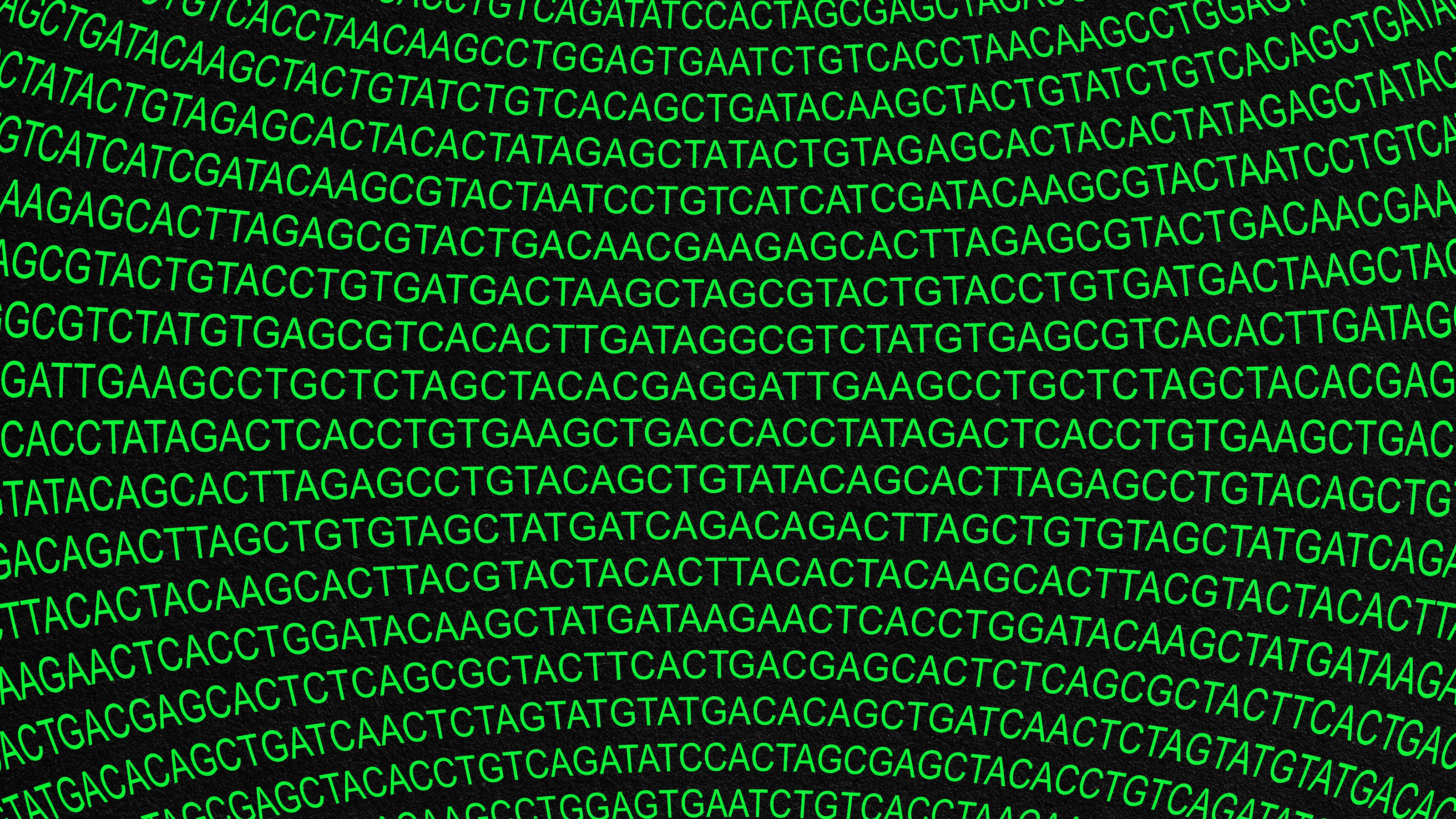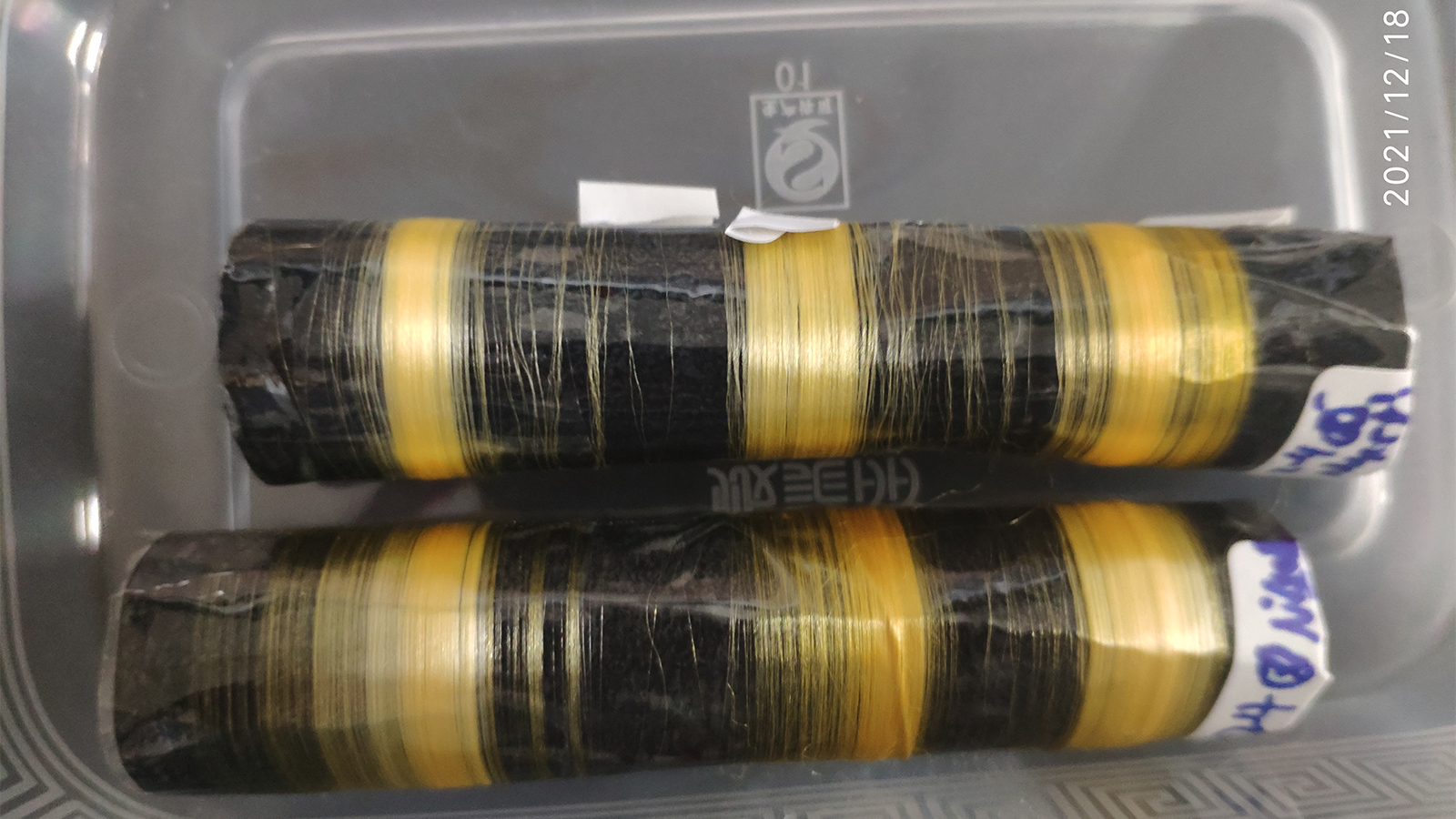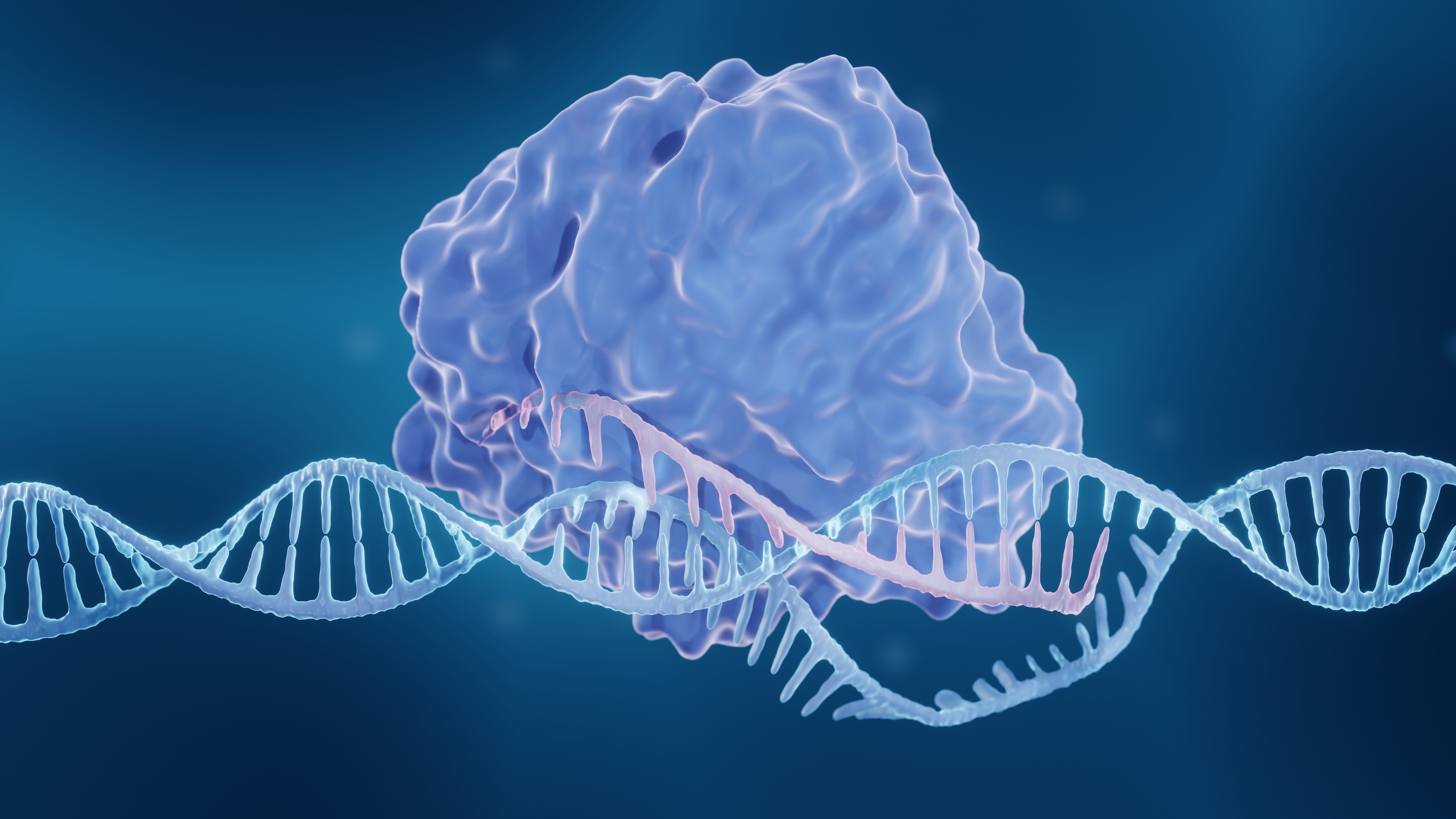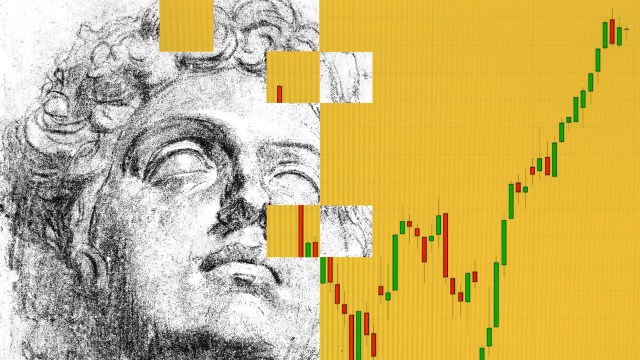Ex-NASA engineer Mark Rober created the world’s smallest Nerf gun — from DNA
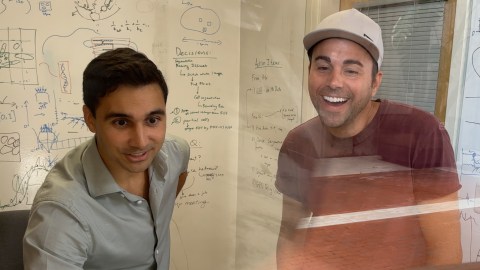
- Ex-NASA engineer Mark Rober set himself the challenge of creating the world’s smallest Nerf blaster.
- After meeting the challenge, he then partnered with Pallav Kosuri at the Salk Institute to craft an even smaller one out of DNA.
- Using “DNA origami,” Kosuri and his team built blasters 100 nanometers in length, meaning about 50 million can fit inside a cell nucleus.
YouTube personality and former NASA engineer Mark Rober has undertaken many oddball engineering challenges. His most recent was creating the world’s smallest Nerf blaster, but he wanted to go so small that he ran into a major hurdle: physics.
At the scale Rober envisioned, forces like friction multiply exponentially. If he tried to shrink Nerf’s standard spring-and-piston mechanism, the blaster would break apart from the stress alone. So, Rober teamed up with engineers at Brigham Young University, and together, they designed a unique firing system using compliant mechanisms.
This engineering technique allowed the team to build the blaster as one piece to reduce friction while still storing energy through its flexible parts. They carved their new design onto silicon wafers and filled them with carbon nanotubes. The result was a Nerf blaster 100 times smaller than the standard issue.

The blaster is so small that it requires a special device called a micro-manipulator to fire. Rober dubbed it Nerf for ants and then proved the point by firing the micro-dart at an ant. (In retaliation, the ant took the blaster for itself.)
Mission accomplished. Except Rober wasn’t done yet. Out of curiosity — and in preparation for the challengers to follow — he wondered if it was possible to make an even smaller blaster. One, say, three million times smaller? To answer that, he asked Pallav Kosuri, an assistant professor at the Integrative Biology Laboratory at the Salk Institute, if it was possible.
Kosuri’s reply: Sure! You just need to make it out of DNA.
From Escher to DNA origami
The technique Kosuri had in mind is known as “DNA origami,” and like its paper-based namesake, it is both simple and intriguing. The idea to make microscopic structures with folded DNA was conceived by Nadrian Seeman, a crystallographer, Kosuri explained in an interview with Freethink.
Seeman wanted to devise a better way to make high-quality crystals. You see, the crystal creation process is fiendishly difficult. A researcher can set up the conditions, run the procedure, and pray. If high-quality crystals form, great. If not, there is no real way to determine what went wrong. As Seeman wrote in a tongue-in-cheek explainer, a researcher’s options at that point were either to change the conditions or switch deities.

Inspiration struck Seeman when he spied a recreation of M.C. Escher’s woodcut Depth at his local pub. Staring at Escher’s endless fleet of star-shaped fish, he realized that what he needed was a reliable way to get atoms into ordered, repeating patterns at the nanoscale. If he could do that, the atoms would arrange neatly into crystal lattices.
As luck would have it, nature already provided a nano-sized structure that repeats itself in a reliable, ordered fashion: DNA. Seeman imagined it would be possible to use DNA as a framework, and he wrote up his hypothesis for the Journal of Theoretical Biology in 1982.
“And no one reads it,” Kosuri says with a laugh. “Because what is theoretical biology? Especially, what was theoretical biology in the Eighties? It was wild.”
In time, however, others would catch on to Seeman’s vision, and technology would catch up. Today, scientists have the computational tools to bring DNA origami from a wild concept to real nanostructures.
In the intervening 40 years, scientists have made structures from more than two strands of DNA. They have made 3D objects such as vases and works of geometric art. In 2006, Paul Rothemond connected bespoke short strands with a long strand to make a smiley face. Researchers have used DNA origami to trap viruses, build structures 1,000 nanometers long, and upgrade Rothemond’s emoji to a full-fledged Mona Lisa.
“The goals of these studies have been more to showcase different forms of design and less to develop end-user applications and products,” Kosuri explains. “I think we’ll see a huge shift in what we can use these technologies for because people are starting to open their eyes in different fields. Many fields of science can be helped by having a new tool to design products.”
It’s NanoNerf or nothing!
For the Nerf gun project, Kosuri and his team started with large “scaffolding” strands of DNA. These were added to a solution with shorter strands of DNA called “staple strands.” When the solution was heated up, the staple strands bound to a scaffold strand at specific places to fold and bend it into shape.
That self-assembly — a major perk when fabricating with DNA — is the result of how the molecule forms naturally. DNA’s base pairs always bind predictably: adenine with thymine and cytosine with guanine. Because of this, the team could map out exactly where they needed the scaffold strand to fold to produce the design they desired. They then made sure the staple strands had matching base-pair sequences so they would bind at those strategic locations.
Each resulting “NanoNerf” blaster was about 100 nanometers in length, meaning about 50 million of them could fit inside a single cell nucleus.
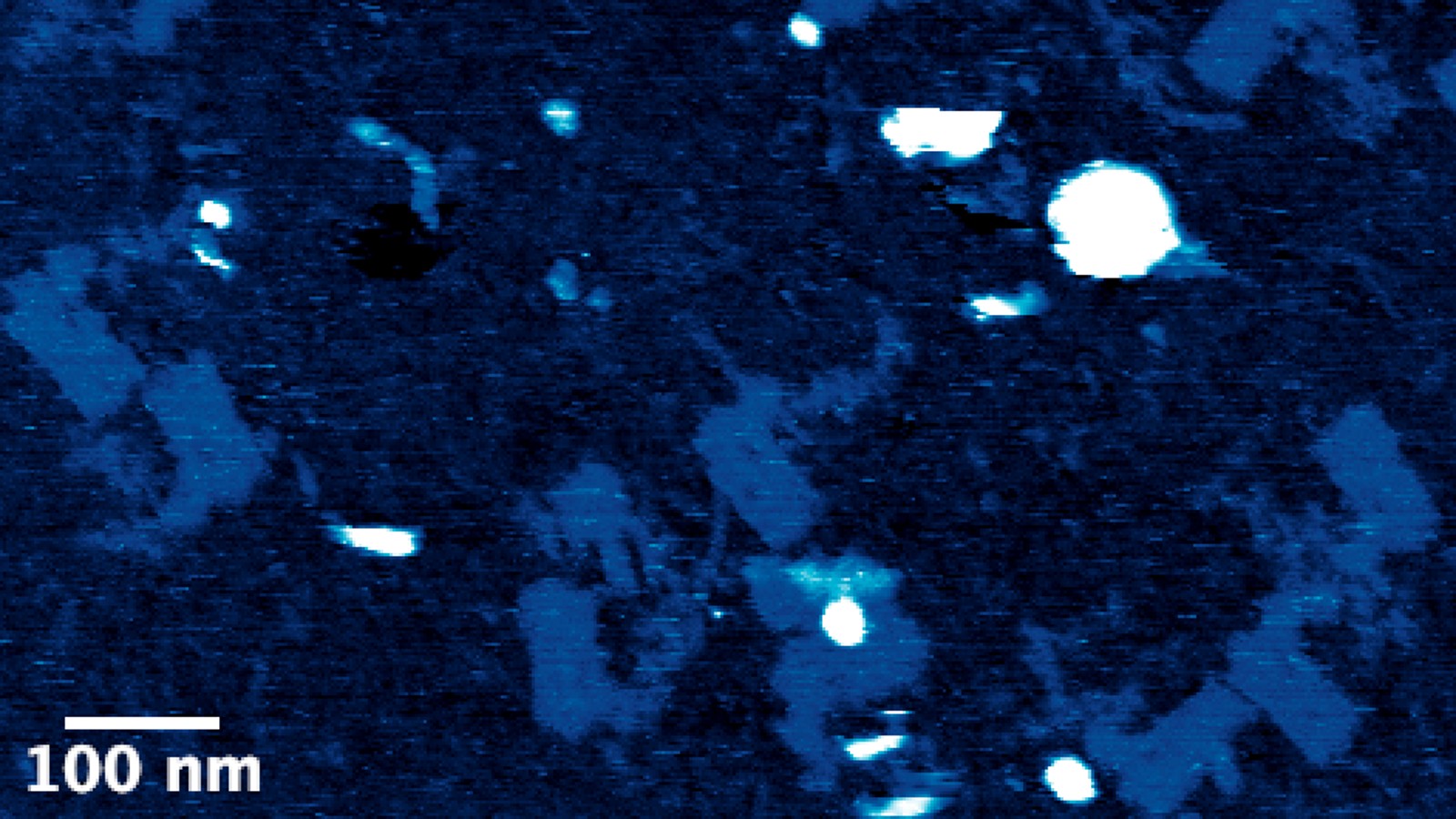
“It’s difficult for me to walk across campus now because everyone’s kids have watched this video, and they’re like, ‘Oh, my kids want to meet you,’” Kosuri says with a laugh. “I say, ‘Great! Bring them in.’”
He added, “And [the video] ended up being super impactful. I’ve gotten so many responses from people who are really excited about this technology, and I’m realizing that it was a really productive way to showcase the capabilities of the technology so that people start thinking differently about engineering and design.”
Though Kosuri admits, these aren’t technically the world’s smallest Nerf blasters. They are in fact the world’s smallest Nerf replicas because these nanoscale versions lack a firing mechanism.
Recall that Rober and the BYU team had to adopt compliant mechanisms to work around how physics behaves at the micro level. Well, at the nano level, it gets even weirder. As Kosuri points out, at this scale, things are always moving as a function of temperature (a phenomenon called Brownian motion). So while we intuit NanoNerfs to be solid, just like handheld Nerf blasters, in reality they are always wiggling. That wiggle means it is difficult to find ways to store mechanical energy.
“You can’t always trust your intuition. Just because it works on a micro-scale doesn’t mean it will work on the nanoscale,” Kosuri added.
About 50 million “NanoNerfs” could fit inside a single cell nucleus.
He has some ideas, though. For example, someone might be able to attach two strands of uncomplimentary DNA with a DNA-origami lever. Then, with an electric field, they could wind it up to store spring energy. Find a way to incorporate that structure into NanoNerf, and it could store the energy you need to launch something — kind of like an old-fashioned rubber band car.

To boldly fold (what not one has folded before)
DNA origami is still in its infancy, but the current research hints at some impressive applications in the future. As we saw with Seeman’s original idea, it could be used as scaffolding to fabricate things like enzymes. It could be used to introduce biosensing elements to complex systems so that they can be monitored with less intrusive sensors. It could even be used to deliver customizable drugs and vaccines without the need for a painful shot.
“The reason we make things like syringes handheld is because we have hands. They’re our size,” Kosuri said. “But in today’s day and age, there’s no reason why we have to make things human-sized anymore. A lot of things around us, they could be smaller, and they would be more efficient, less intrusive, have fewer side effects, and pollute less.”
Kosuri compares DNA origami to how transistor technology evolved. At first, only a handful of physicists and electrical engineers fiddled with them. But then people started connecting the transistors together and found they could solve logic problems. Soon people from other fields started to see what they could do with transistors. Fast forward to today, and transistors have made the complex circuits running laptops, smartphones, and, perhaps one day soon, self-driving cars.
“I would say we will see something quite similar with DNA origami. One of these days, you will see a killer application and then everyone will make [nano] devices, and DNA is a strong candidate for this revolution,” Kosuri concluded. “That’s how I feel about DNA origami. It’s really the foundation of the next generation of engineering.”
This article was originally published by our sister site, Freethink.
